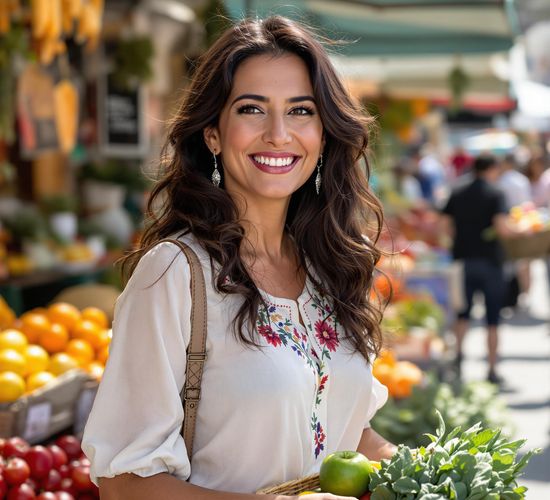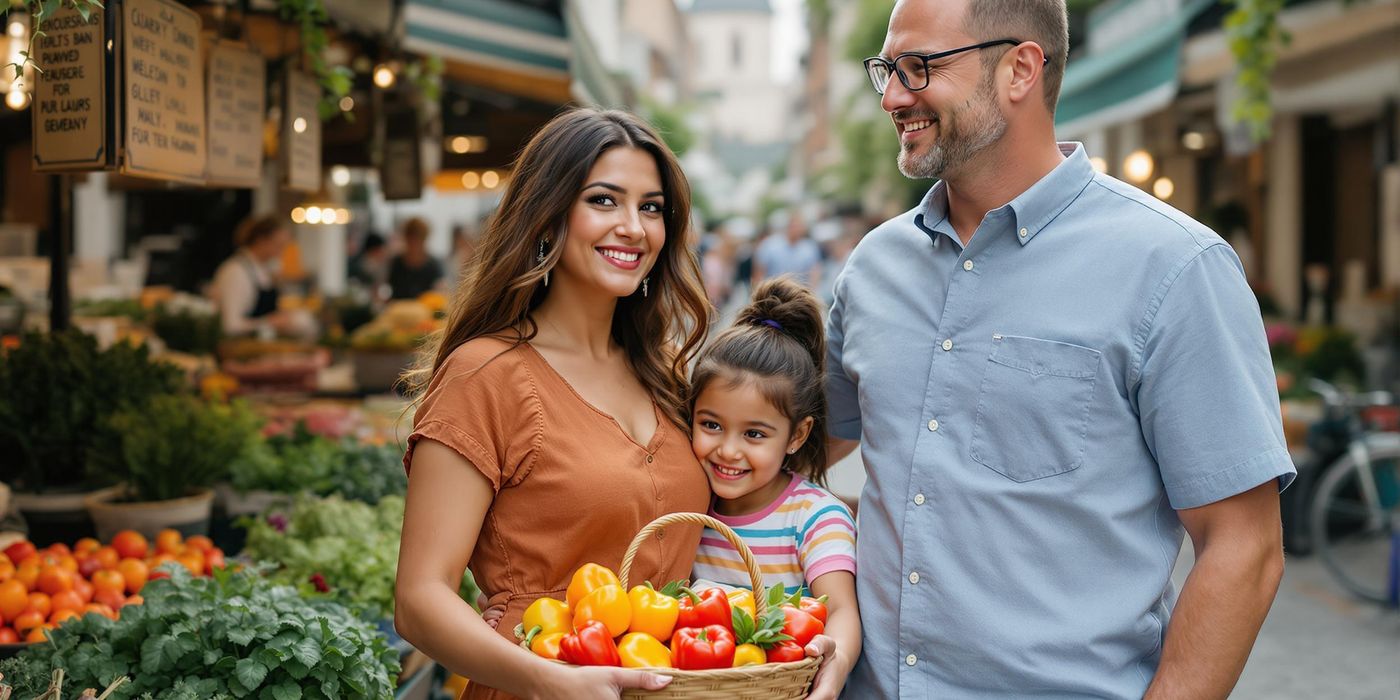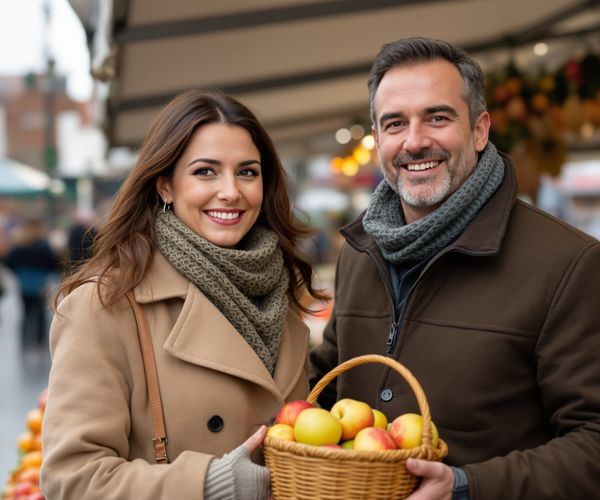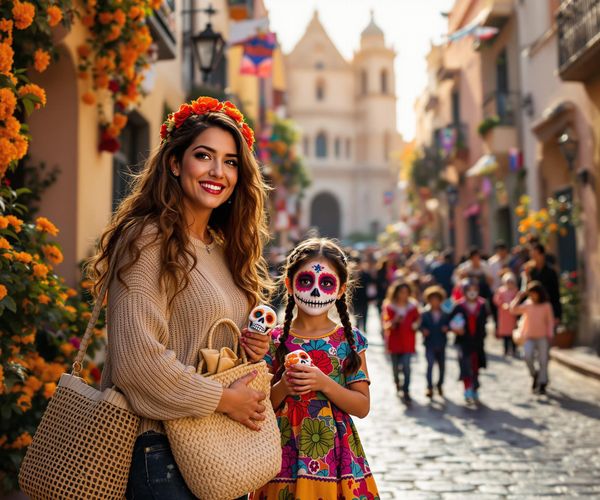The Allure of Culinary Travel
Culinary tourism is booming, and for good reason! It's a fantastic way to connect with different cultures on a deeper level. For me, food has always been a portal. I remember being in Marrakech, wandering through the spice markets, the air thick with aromas I'd never encountered before. That single sensory experience opened my eyes to the rich history and traditions of Morocco in a way no guidebook ever could. And it’s not just my personal opinion; studies show that culinary experiences significantly enhance travel satisfaction and contribute to local economies. In fact, a recent report indicated that culinary tourists spend, on average, 30% more than other types of travelers, directly supporting local businesses and preserving culinary heritage.
Finding Authentic Culinary Experiences
So, how do you find those truly authentic culinary experiences? It takes a little digging, but it's worth it! Start by researching local cooking classes. Look for small, family-run operations rather than large, commercial schools. Food tours are another great option, especially those led by locals who can share insider knowledge. And don't be afraid to venture off the beaten path! Some of the most memorable meals I've had were in tiny, unassuming restaurants tucked away from the main tourist areas. Online platforms like EatWith and Cookly can connect you with local chefs offering unique culinary experiences. Don't underestimate the power of local connections either! Ask your hotel staff, tour guides, or even fellow travelers for recommendations. They might just point you to your next favorite hidden gem.
Market Visits: A Feast for the Senses
Oh, the markets! They are a symphony of sights, smells, and sounds. From the bustling Mercado de la Merced in Mexico City to the vibrant Viktualienmarkt in Munich, I've spent countless hours wandering through local markets, soaking up the atmosphere. It's not just about buying ingredients; it's about interacting with vendors, learning about local produce, and discovering new flavors. Don't be afraid to ask questions! Vendors are usually happy to share their knowledge and offer samples. When choosing ingredients, look for what's in season. Not only will it be fresher and tastier, but it will also give you a better sense of the local culinary calendar. I still remember the first time I tasted a perfectly ripe mango in Thailand, bursting with sweetness and sunshine. It was a revelation!
Hands-On Cooking Classes: Immersing Yourself in Local Flavors
Taking a cooking class while traveling is like unlocking a secret code to a culture's heart. You're not just learning to cook a dish; you're learning about the history, traditions, and values that shaped it. I've taken cooking classes in Italy, Vietnam, and Spain, each one offering a unique and unforgettable experience. When choosing a class, look for one that focuses on traditional, regional cuisine. Pay attention to the class size and the instructor's experience. A smaller class will allow for more personalized attention, and an experienced instructor will be able to share valuable insights and techniques. Don't be afraid to get your hands dirty! The best part of a cooking class is the hands-on experience of preparing and cooking the food yourself.
Recreating Travel Dishes at Home: Keeping the Memories Alive
One of the best ways to keep your travel memories alive is to recreate the dishes you learned abroad in your own kitchen. It's not always easy, but it's definitely rewarding! Start by adapting the recipes you learned in your cooking classes to your home kitchen. You may need to adjust the quantities or substitute ingredients based on what's available. Sourcing authentic ingredients can be a challenge, but it's worth the effort. Look for specialty stores or online retailers that carry imported spices, sauces, and other ingredients. Don't be afraid to experiment! Cooking is all about creativity and improvisation. I've had my share of kitchen disasters, but I've also created some amazing dishes by simply trying new things. One time, I tried to recreate a mole sauce I had in Oaxaca, Mexico. It was a complete disaster! But I learned so much from the experience, and I eventually perfected my own version.
The Cultural Significance of Food
Food is more than just sustenance; it's a reflection of a culture's history, traditions, and values. It plays a central role in celebrations, rituals, and everyday life. Think about the importance of pasta in Italy, the significance of tea in Japan, or the role of mole in Mexican cuisine. Understanding the cultural significance of food can lead to a deeper appreciation of different cultures and a more meaningful travel experience. For instance, in Mexico, tamales are often served during holidays and special occasions, representing a connection to ancestors and a celebration of family. By understanding the stories behind the food, you can gain a richer understanding of the people who created it. So, the next time you travel, don't just eat the food; experience it! Engage with the local culinary traditions, learn about the history and culture behind the dishes, and bring those memories home with you.
Explore the world through its cuisine! Learn how culinary travel enhances cultural understanding, with tips on finding authentic experiences, market visits, and recreating dishes at home.









